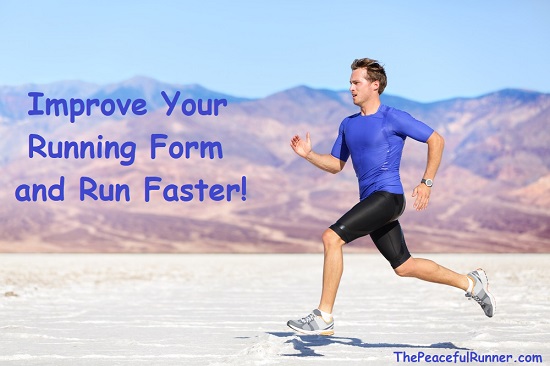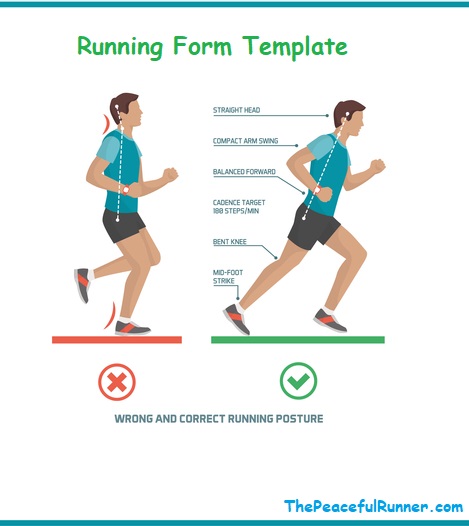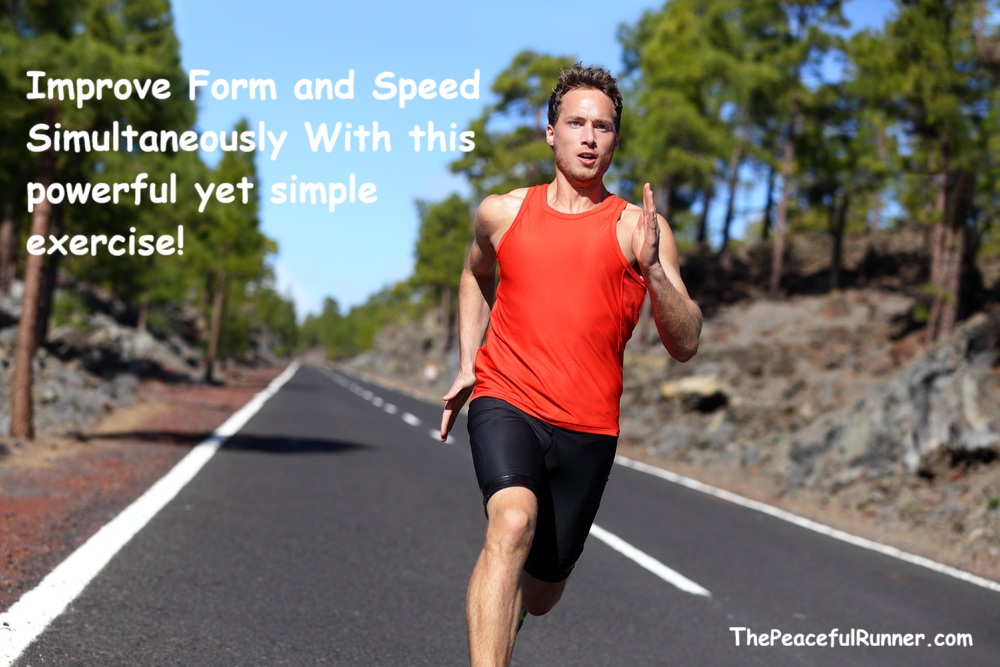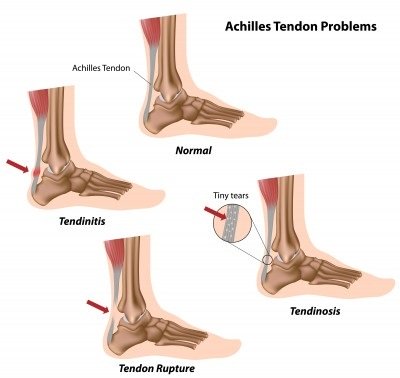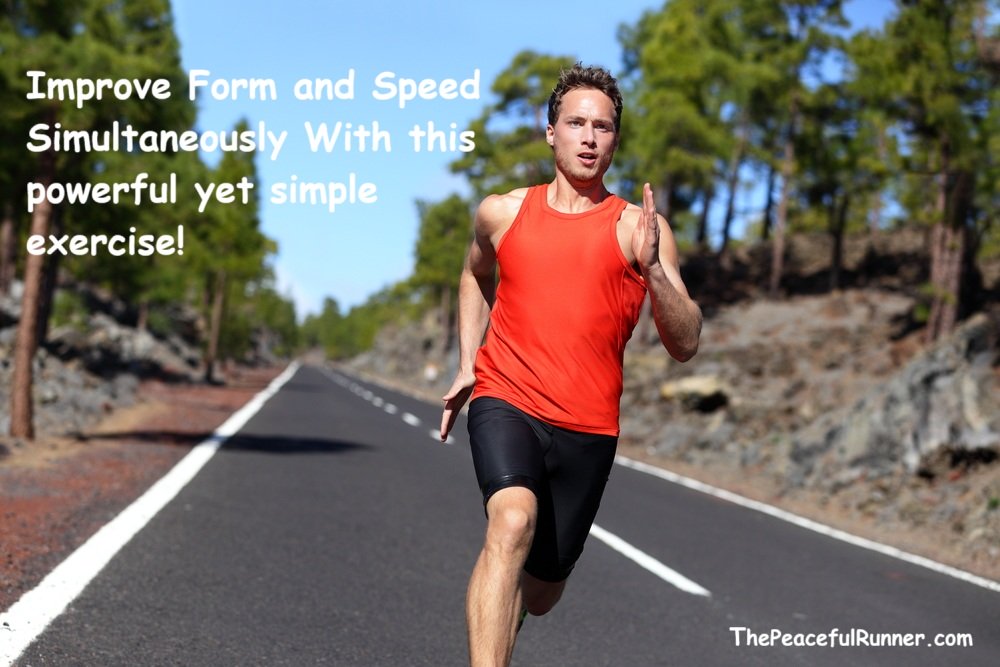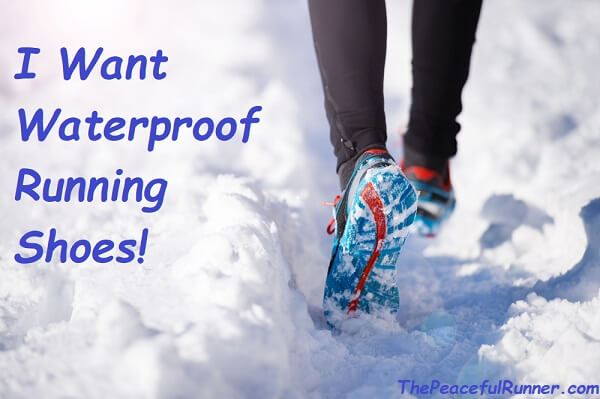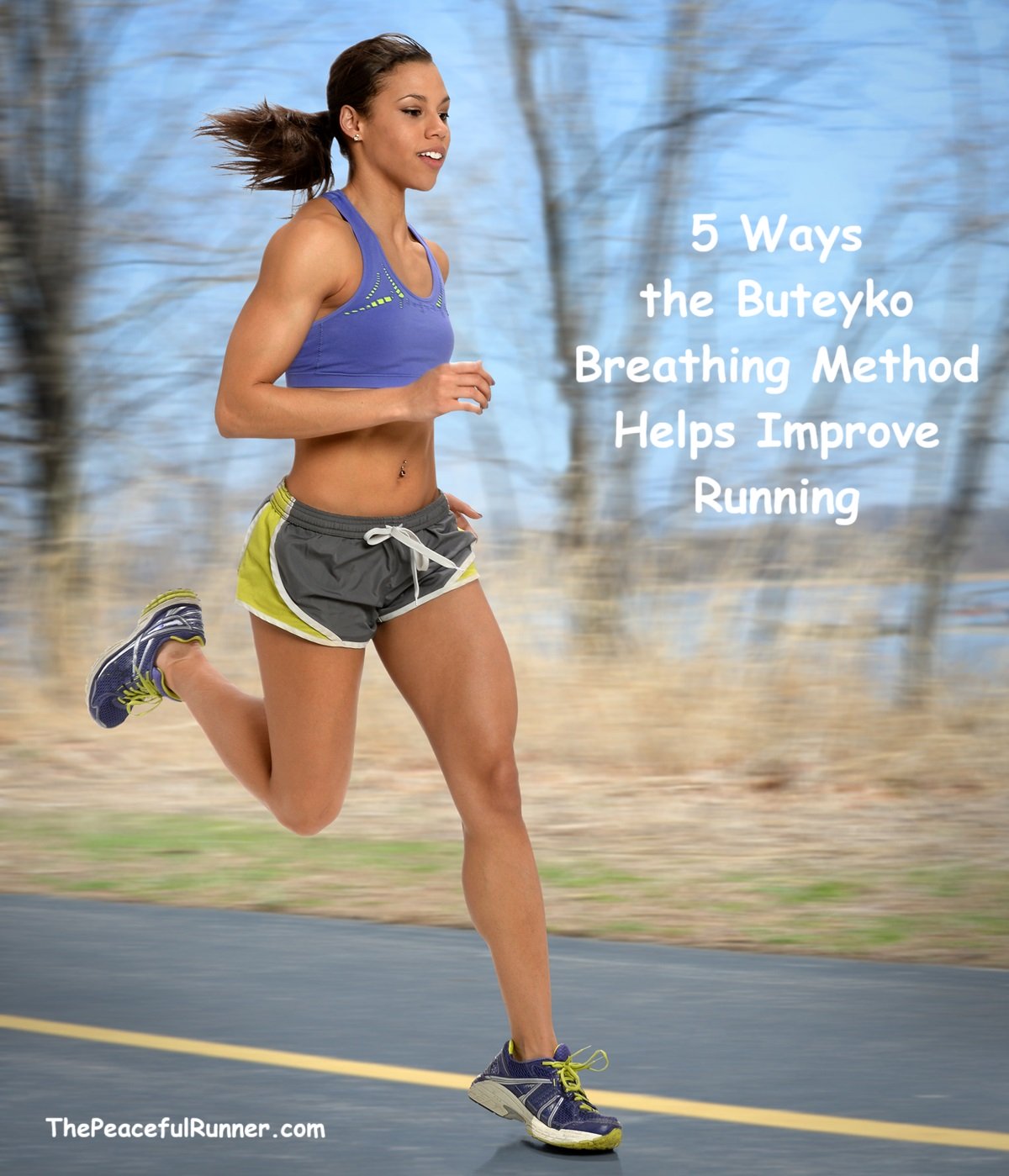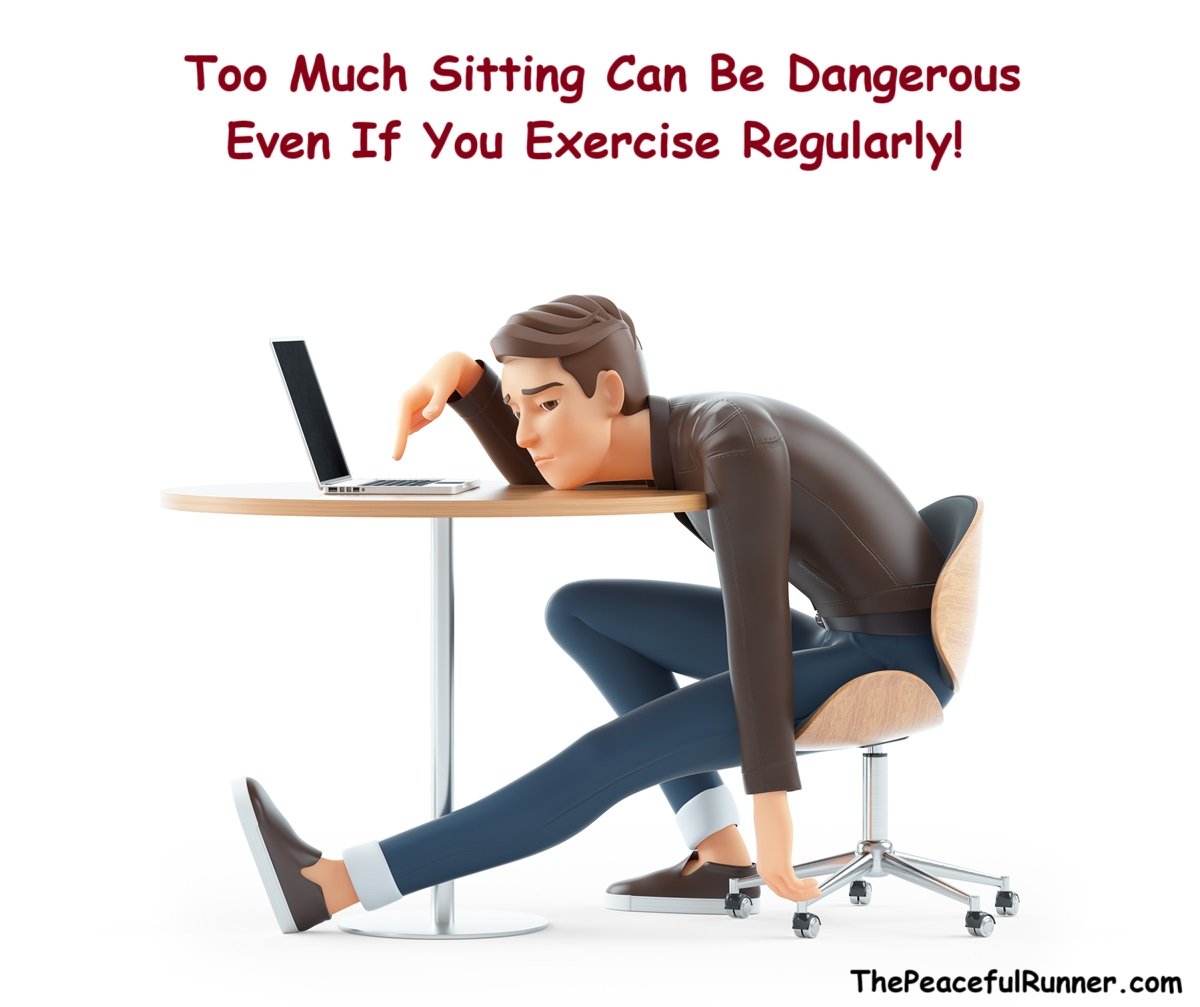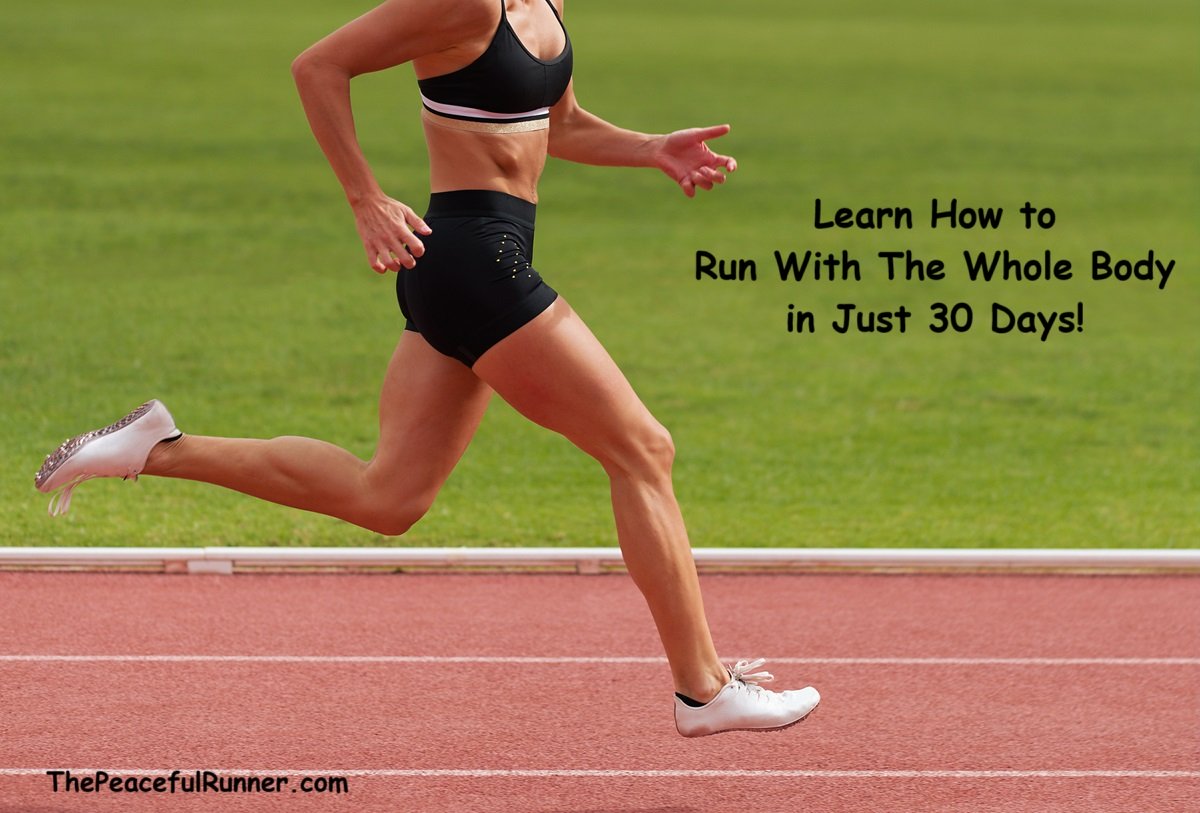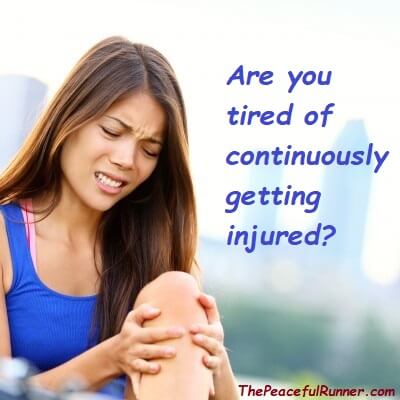- Home
- Running Form
Improve your Running Form and Run Faster!
Having a good running form greatly reduces the impact and stress that running imposes on our bodies. Running injuries are often caused by an excessive amount of stress on the lower body but it doesn't have to be this way.
Improving our running technique can help to reduce this immense strain on our bodies, so that one area doesn't become over-stress or injured. Having a better running posture will also help us to run more easily, efficiently and often faster.
Check your Running Form
Your posture should be upright with your head high and your shoulders relaxed and down. Your chest should be up and open to allow you to breathe easily and efficiently. A deep breath will help you open your chest and put your shoulders back.
Your hips, shoulders and ankles should be in straight alignment for correct posture.
Your arms should be relaxed and swinging close to the body -- not too high or too low. They should be swinging in the area of the heart with your hands moving to the center of your chest but but not crossing your body. Elbows should be held at 90 degrees or slightly less.
A faster swing can be used to increase speed or intensity, but be careful not to swing them higher. Concentrate on swinging the elbows back rather than the hands forward.
Lean from the Ankles
Lean from the ankles and not the waist. You will move forward more easily as you will be using gravity and not only your legs for forward propulsion. This movement reduces the occurrence of over-striding with each foot landing beneath your center of gravity.
A shorter stride will ensure you land softer, have a lower impact force and increased efficiency. Landing with your feet under your hips (center of gravity) also encourages a forefoot strike which reduces the risk of foot injuries, such as top of foot pain and stress fractures. Continuing to improve your running form will reduce the probability of injury occurrence.
Confused About the Correct Running Form?
Our Free Running Form Template Can Help...
Get the running form template now!
Our template provides a straightforward explanation of the components of good running form, eliminating any confusion about how to improve your running technique.
Hips and Shoulders
Keep your hips forward to align your body. When your leg moves forward, the hip should move forward with it. Try to feel this movement.
As you run, feel the connection between your hips and shoulders. As your right leg and hip move forward, the left shoulder should also move forward. When the left leg and hip move forward, the right shoulder should also move forward.
When you move this way, you are utilizing the strength in your hips and the motion of your shoulders to move your body forward with less effort.
Practice this in an exaggerated manner when not running to get the feel for the movement. Running this way also promotes the efficient use of the lungs as the shoulder movements open your chest. Learn more about breathing efficiently with The Buteyko Breathing Method.
Cadence
Cadence or turnover rate is the number of steps you take each minute while running. The ideal cadence is 180 steps per minute for optimum performance and efficiency. Do drills to improve your turnover rate. An easy one is to count only the steps for your right or left leg. Run for one minute and aim for 90 steps per foot. Take a brief recovery period and repeat.
Land on your Forefoot
Keep your feet hip-width apart and land with a low-impact, forefoot or mid-foot strike, having knees slightly bent. Your contact landing should be brief. The longer your foot is on the ground, the more effort is required to keep it moving.
Your steps should be soft and springy—reducing impact and fully utilizing the power of your Achilles tendon and other ligaments in your feet and ankles.
Relax! Running is Fun!
One of the most important aspects of having a correct running form is a totally relaxed, tension-free body that glides easily over the pavement. While running, scan your body for any areas that may be tense. Are your shoulders relaxed and down? What about your jaw? Are your fists clenched? Is your face relaxed and smiling?
Concentrate on relaxing the parts that you may be holding tightly. Learn how to relax while running. It will make a significant difference in how you feel during and after running.
Improve Your Running Posture
Check out the following running form video tutorial by Sage Running. It offers tips on how to improve your running posture to run faster, more efficiently and injury free!

It can be difficult to change your running technique, especially with so many different body parts to think about. Don't become overwhelmed and try to improve everything at once. Focus on one aspect of your running form at a time. You will see and feel improvements with time and patience.
A good running form begins with a basic good posture. Find our how we can improve our posture instantly with this one simple movement and with this one simple drill!
Is your spine straight? Find out how Backwards Running can improve spinal column alignment, reduce injuries and give you a great workout.
Try Other Methods
Other methods to help improve and correct running form are Chi Running and the Pose Method.
The Chi Running Method takes a holistic approach to running using the basic techniques of Tai Chi. It can help you improve your running technique, strengthen your mind and body connection and run injury free.
The Pose Method is another method that some find quite easy to learn. The Pose Method of Running is clearly demonstrated in this DVD by Dr. Nicholas Romanov. The Pose Method can help you learn how to run faster, easier and safer using its simple running technique.
Use visualization techniques to improve your running form. Mentally seeing yourself running properly can help you run better.
More Related Articles:
Back to top of Running Form
Back to Running Injury Free
- Home
- Running Form
FTC Disclosure: As an Amazon Associate, I earn from qualifying purchases.
Learn more.
NEW FEATURE - DISQUS COMMENTS!
Login using Facebook, Twitter, Google or Disqus.
Recent Articles
-
Do You or Someone you Know Suffer from Achilles Tendonitis?
Mar 28, 25 03:14 PM
-
Every runner needs to master this essential drill!
Mar 17, 25 01:55 PM
-
Are you ready for waterproof running shoes?
Feb 26, 25 12:30 PM
-
The Buteyko Breathing Method Can Improve Our Running Performance and Our Health!
Feb 14, 25 11:54 AM
-
Make 2025 the Year you Break Free from Injuries for Good!
Jan 07, 25 08:20 AM
-
Even runners are not immune to the dangers of sitting too long during the day!
Jan 03, 25 11:46 AM
-
Everything You Need To Build An Online Business! - Solo Build It!
Dec 29, 24 12:40 PM
-
A Holistic View of Your Health and Fitness With Oura®!
Dec 16, 24 07:43 AM
-
Happy to be Running on the Beach Again!
Dec 13, 24 10:37 AM
-
Learn How to Run With the Whole Body in Just 30 Days!
Nov 13, 24 09:30 AM

